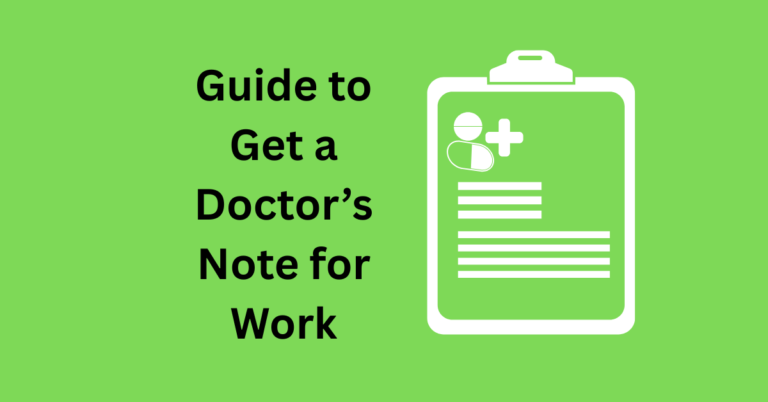How to Recover Deleted Pages from Good Notes?
The process of losing important notes becomes particularly irritating for users who depend on Good Notes for academic use or professional organization or personal logging requirements. You can recover deleted Good Notes pages when you operate promptly after such events.
A full guide for retrieval of deleted pages in Good Notes will explain the usage of backups and iCloud sync and also third-party recovery tools. Additional advice about data prevention strategies appears afterwards in this piece.
Also Read: What is a Lasso tool in Good Notes?
Can You Recover Deleted Pages in Good Notes?
Yes! Depending on how the pages were deleted and your backup settings, you may be able to restore deleted GoodNotes pages using:
- Auto-Backup feature (PDF/GoodNotes format)
- iCloud Sync & Version History
- Recently Deleted folder (GoodNotes 5 & 6)
- Third-party data recovery tools (for unsaved or lost files)
The sooner you attempt recovery, the higher your chances of success.
Step by Step Guide: How to Recover Deleted pages from Good Notes?
Method 1: Check the “Recently Deleted” Folder
GoodNotes 5 and 6 have a built-in “Recently Deleted” folder that temporarily stores deleted pages before permanent removal.
Steps to Recover from Recently Deleted:
- Open GoodNotes and go to the main Notebooks view.
- Tap “Recently Deleted” (usually at the bottom).
- Select the deleted page or notebook you want to restore.
- Tap “Recover” to move it back to its original location.
⚠️ Note: Deleted items stay here for 30 days before being permanently erased.
Method 2: Restore from iCloud Backup & Version History
If you use iCloud Sync, Good Notes automatically saves versions of your notebooks. You can revert to a previous version to recover lost pages.
Steps to Recover via iCloud Version History:
- Open the GoodNotes notebook where pages were deleted.
- Tap the three-dot menu (⋮) in the top-right corner.
- Select “Version History”.
- Browse through past versions and choose one before the deletion.
- Tap “Restore” to recover the deleted content.
🔹 Pro Tip: Enable iCloud Sync in GoodNotes settings to ensure automatic backups.
Method 3: Recover from GoodNotes Auto-Backup (PDF/GoodNotes Format)
GoodNotes allows users to set up automatic backups in PDF or GoodNotes format to services like iCloud, Google Drive, Dropbox, or OneDrive.
Steps to Restore from Auto-Backup:
- Go to GoodNotes Settings (gear icon).
- Tap “Auto-Backup” and check where your backups are saved.
- Open the backup location (e.g., Google Drive).
- Locate the backup file (.pdf or .goodnotes format).
- Re-import the file into GoodNotes by tapping “Import”.
Benefit: Auto-backup ensures you always have a recent copy of your notes.
Method 4: Use a Third-Party Data Recovery Tool
If the above methods fail, data recovery software may help retrieve lost Good Notes pages from your iPad or iPhone storage.
Best Recovery Tools for GoodNotes:
- EaseUS MobiSaver (iOS)
- Dr.Fone – Data Recovery
- iMy Fone D-Back
How to Use a Recovery Tool ?
- Download & install a trusted recovery tool on your computer.
- Connect your iPad/iPhone via USB.
- Scan for lost data (select “Documents” or “App Files”).
- Preview & recover deleted GoodNotes files.
Warning: Avoid overwriting data by stopping iPad usage until recovery is complete.
How to Prevent Losing Good Notes Pages in the Future?
To avoid future headaches, follow these best practices:
✔ Enable iCloud Sync (Settings > iCloud > GoodNotes > ON)
✔ Set Up Auto-Backup (Settings > Auto-Backup > Choose Cloud Service)
✔ Export Important Notes Manually (Share > Export > Save to Multiple Locations)
✔ Regularly Check Storage (Ensure iCloud/iPad has enough space)
Frequently Asked Questions
Conclusion
The process of losing important notes becomes particularly irritating for users who depend on GoodNotes for academic use or professional organization or personal logging requirements. You can recover deleted GoodNotes pages when you operate promptly after such events.
A full guide for retrieval of deleted pages in GoodNotes will explain the usage of backups and iCloud sync and also third-party recovery tools. Additional advice about data prevention strategies appears afterwards in this piece.



![[GoodNotes] Copy Or Move Pages From One Document To Another](https://goodnotesguide.com/wp-content/uploads/2024/03/Copy-Or-Move-Pages-From-One-3-768x402.webp)


